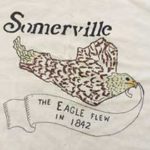
Eagle Feathers #210 – Our Mystic Shores
By Bob (Monty) Doherty
The seven-mile Mystic River meanders down from the lower Mystic Lake into Boston’s historic harbor. She flows immersed in her own American history. Some say the name Mystic is gleaned from the Native American language.
Some think it alluded to her constant tidal change, while still others thought that its shores produced medicinal herbs with mystical properties. In any case, Americana floods the shores of our Mystic River.
Somerville’s nautical history and its environs go way back. It is believed that Vikings explored the Charles and Mystic shores from the year 1000 to 1004, five hundred years before Columbus.
*
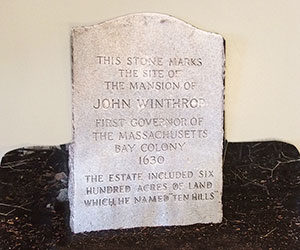 *
*
- Since 1631, when Governor John Winthrop built the first New England ship, the Blessing of the Bay at Ten Hills, local citizens have had the taste of Mystic waters in their veins.
- The 1844 Thanksgiving poem, Over the River and Through the Woods, was written in a house abutting the Mystic’s shore. It projects a Norman Rockwell feeling to the holiday.
*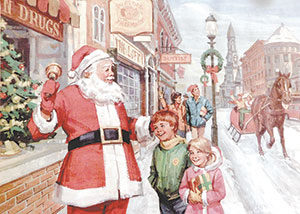 *
*
- James Pierpont wrote the famous Christmas song, Jingle Bells, in 1850 on the Mystic’s shore. It was jotted down at the Simpson Tavern during sleigh races out of Medford Square.
- On September 1, 1774, eight months after the Boston Tea Party, the British conducted its own raid by attacking the Powder House from the Mystic River in Charlestown, today’s Somerville. It was an amphibious assault of 260 troops from 13 boats and barges. Because they didn’t capture all of the gunpowder, this amounted to a dress rehearsal of the Battle of Concord and Lexington eight months later. The American’s then countered at the Battle of Bunker Hill defending their flanks on the Mystic River’s shore. This first major American battle, although lost, caused tremendous losses to the British Army. The Revolutionary War lasted eight more years, winning our independence.
*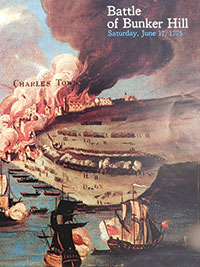 *
*
- It’s a Tidal Dam, built in 1966 at the intersection of the Mystic and Malden Rivers in Somerville and Everett, to protect the 22 communities in the Mystic River Watershed. It appropriately looks like an island airport with its conning tower protruding high into the air where operators have a 360-degree vista. The design is highly fitting because it is the Amelia Earhart Dam that honors the queen of the air and conqueror of the oceans.
*
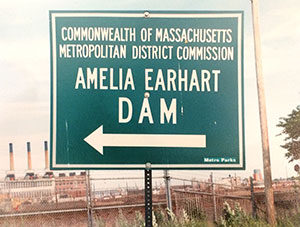 *
*
- Pirates and highwaymen found refuge at Ten Hills on the Mystic. Captured where Mystic Avenue and Temple Street now intersect, Mike Martin, alias Captain Lightfoot, met his future fate. After being arrested, tried, and found guilty, he was the first and last Massachusetts man to be hanged for highway robbery in December,1821.
- America’s most famous pirate, Captain William Kidd, who was executed in London in 1699 hid at Ten Hills before his capture in Boston. Part of his famous treasure is said to be buried on the Mystic’s shore.
*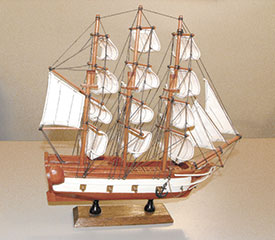 *
*
- In 1621, Pilgrim Captain Myles Standish was the first European to sail up the coast from Plymouth and to explore what is now Somerville. He and his party traced the Mystic shore from Boston Harbor to Alewife Brook.
- Henry Ford was America’s “King of the Road,” and Somerville’s “Father of Assembly Square” on the Mystic. From the 1926 Model T to the 1958 Edsel, 1,338,652 Fords motored on the Mystic.
*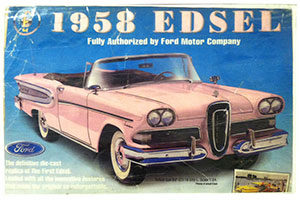

 *
* *
* *
* *
* *
*
Reader Comments